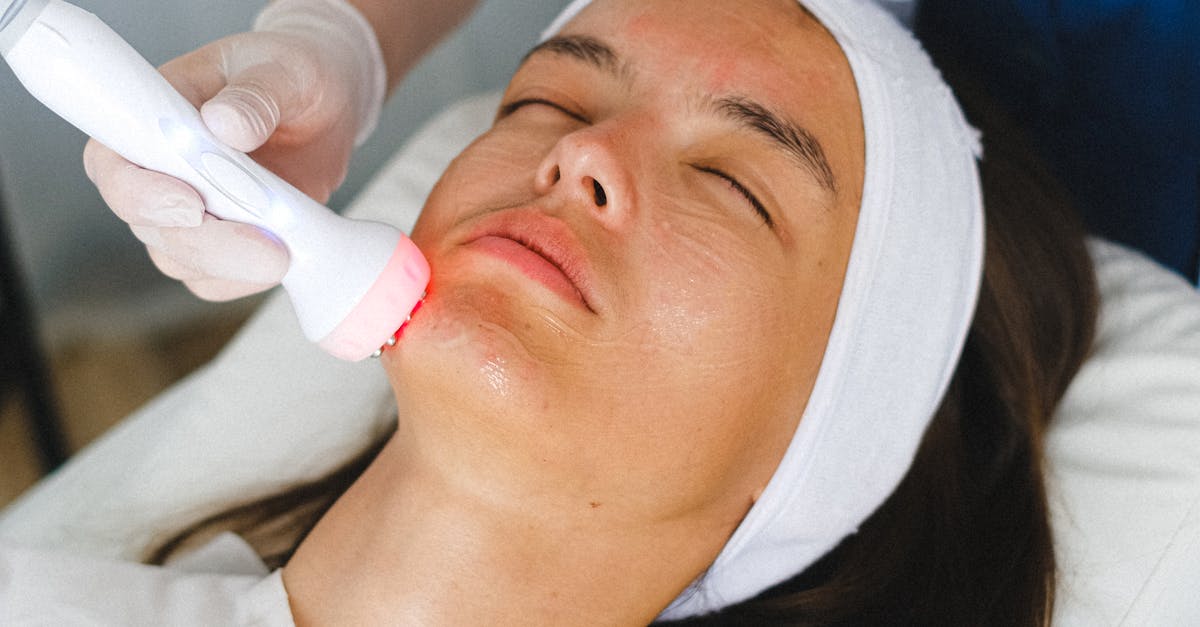
The Benefits of Chemical Peels for Skin RejuvenationNorth Scottsdale Medical Spa
Risks and Considerations
kin to recover and regenerate adequately before undergoing another peel.
On the other hand, for medium-depth peels like trichloroacetic acid (TCA) peels, a longer time frame of 4 to 6 weeks between sessions is often advised. These peels penetrate deeper into the skin layers, necessitating more recovery time to prevent complications. Lastly, for deep peels like phenol peels, it is common to wait at least 6 to 12 months before considering another treatment. These peels are the most intense and require an extended healing period to avoid any adverse effects on the skin. Following the appropriate time intervals between chemical peel sessions is essential for achieving optimal results and maintaining skin health.
Professional vs. AtHome Chemical Peels
When it comes to chemical peels, individuals may choose between professional treatments performed by licensed estheticians or dermatologists and at-home peels that can be self-administered. Professional chemical peels offer the expertise of trained professionals who can customize the treatment to the individual's specific skin concerns and needs. The strength and type of peel used during a professional treatment are carefully selected based on factors such as skin type, desired results, and any existing skin conditions.
On the other hand, at-home chemical peels provide a more convenient and cost-effective alternative for individuals who prefer to perform the treatment themselves. These products are typically milder in strength compared to professional peels, making them suitable for maintaining skin health and addressing minor skin issues. While at-home peels may not deliver the same dramatic results as professional treatments, they can still help improve skin texture, tone, and overall appearance when used consistently and as directed.
Pros and Cons of Different Application Methods
When it comes to chemical peels, there are various application methods to choose from, each with its own set of pros and cons. One common application method is the brush-on technique, where the peel solution is precisely applied to the skin using a brush. This method allows for targeted application, ensuring that the peel is only applied to the areas that need treatment. However, the brush-on technique may require a steady hand and some experience to ensure even application.
Another popular application method is the pre-soaked pad or wipe method, where pre-soaked pads containing the peel solution are gently swiped across the skin. This method is convenient and easy to use, making it a popular choice for at-home treatments. However, the pre-soaked pads may not provide as precise application as the brush-on technique, potentially leading to uneven results. It's essential to weigh the pros and cons of each application method to choose the one that best suits your needs and preferences.Natural Remedies for Anti-Ag
chemical peels are typically stronger and administered by trained professionals, while at-home peels are milder and can be used by individuals at their convenience. Both options have their own pros and cons, so it is important to choose the right option based on your skin concerns and comfort level.
Related Links
Chemical Peels for HyperpigmentationNatural Remedies to Reduce Fine Lines and WrinklesChemical Peels for Acne TreatmentFine lines and wrinkles are natural signs of aging that can be minimized with the use of natural remedies. One effective remedy is incorporating antioxidants into your skincare routine. Antioxidants like vitamin C and E help fight free radicals, which can damage the skin and accelerate the aging process. These powerful ingredients can help reduce the appearance of fine lines and wrinkles while also brightening and evening out the skin tone.
Another natural remedy to consider is incorporating hyaluronic acid into your skincare regimen. Hyaluronic acid is known for its ability to hydrate and plump the skin, which can help diminish the appearance of fine lines and wrinkles. By retaining moisture and boosting skin elasticity, hyaluronic acid effectively smoothens the skin's texture and promotes a youthful, radiant complexion. It is a gentle yet potent ingredient that can benefit individuals looking to combat signs of aging without harsh chemicals or procedures.
When choosing a sunscreen for its anti-aging benefits, it is essential to look for a broad-spectrum formula that protects against both UVA and UVB rays. UVA rays can prematurely age the skin by causing wrinkles and age spots, while UVB rays can lead to sunburns and skin cancer. Opt for a sunscreen with an SPF of at least 30, which is recommended by dermatologists for daily use.
Additionally, consider choosing a sunscreen that is labeled as "non-comedogenic" if you have oily or acne-prone skin. This means that the formula is less likely to clog pores, reducing the risk of breakouts. For sensitive skin types, look for sunscreens that are fragrance-free and hypoallergenic to minimize the chances of irritation. Remember to apply sunscreen gene